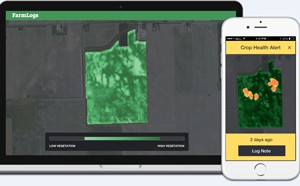 A new bacterium is giving honey bee larvae a better chance of surviving. This U.S. Department of Agriculture (USDA) news release says agency scientists identified the new bacterium.
A new bacterium is giving honey bee larvae a better chance of surviving. This U.S. Department of Agriculture (USDA) news release says agency scientists identified the new bacterium.
Molecular biologist Vanessa Corby-Harris and microbial ecologist Kirk E. Anderson at the Carl Hayden Bee Research Center in Tucson, Arizona, have named the new species Parasaccharibacter apium. The bee research center is part of the Agricultural Research Service, USDA’s chief intramural scientific research agency.
Honey bees have been under nearly constant and growing pressures from a whole host of stressors—diseases, poor nutrition, sublethal effects of pesticides and many others, especially for the last 30 years. It has been known that a number of different bacteria live within adult bees and in the hive, and scientists have been studying if and how these bacteria help deal with some of these stresses.
This is the first bacteria found to offer a benefit to bee larvae. In laboratory experiments, bee larvae fed P. apium had about an average of 30 percent better survival compared to those fed a sterile control.
The scientists have sequenced the genome of P. apium to dissect the functional properties that distinguish flower-living Acetobacteraceae from those that have coevolved with the honey bee hive. Pinpointing these ecological differences will be key to understanding the function of P. apium in honey bee hives.









